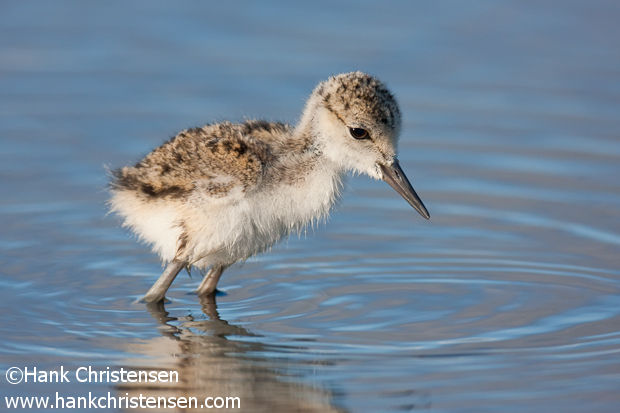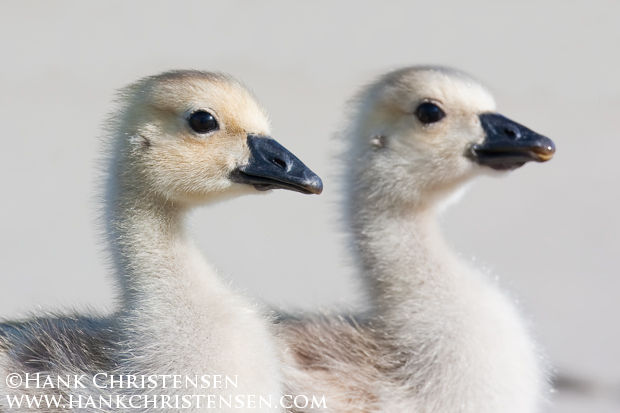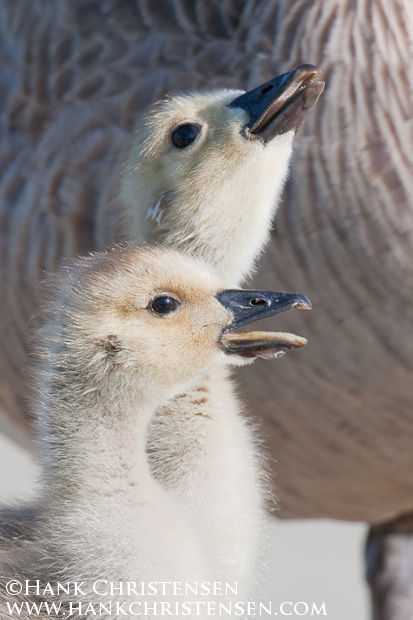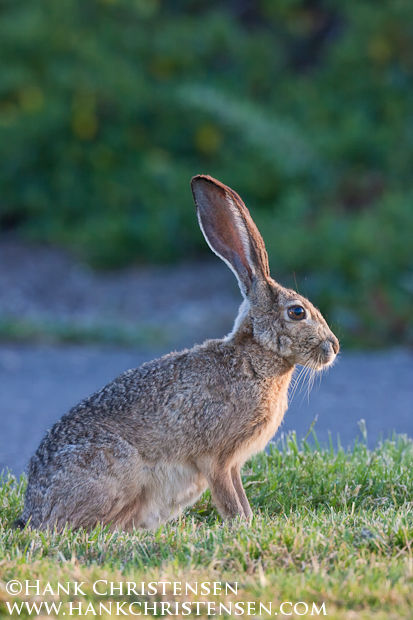Ever get tired of all the ads that tell you that to take better photos, all you need is this new camera or that new lens? If so, this article is for you. Almost everyone has a camera of some kind these days – point and shoot, SLR, cell phone. The tips below will work with any kind of camera out there, and will improve the photos that come out of them without requiring the purchase of a single new item.
 |
 |
I took the photos of my brother above with my iphone. This camera has no flash, a crappy lens, and no controls of any kind other than taking the photo. Using some of the techniques discussed in this article, I was able to add interest and improve the quality of the photo.
1. Stabilize, stabilize, stabilize!
This is perhaps the most important tip here – do anything you can to keep the camera still while taking photos. This usually means using a tripod (and I’d definitely recommend that whenever possible – it’ll change the way you do photography!) But if you don’t have the funds (or the patience) to use one, there are many other ways to keep the camera stable. Get an old grocery bag and fill it with dry beans. Place this make-shift beanbag on anything you can find – rocks, tree stumps, table tops. This will give you a malleable surface from which to position your camera. If that isn’t available, lean up against a tree or wall and hold the camera tight against your face, bracing your elbows against your torso. Hold your breath and shoot.
2. Shed some light on the subject
The darker the subject, the longer the shutter speed required to get the proper exposure. Getting some natural light on your subject will improve the photograph dramatically. Indoor photography (even in the middle of the day), usually has less light than desired. Open some windows to bring in natural light from outdoors, or if possible, bring your subject next to a window. Strong directional light against a dark background can have dramatic effects.
Shooting outdoors with a harsh mid-day overhead sun? Try shooting your subjects in the shade to even out the light. Get a large piece of cardboard and some aluminum foil and build a homemade reflector. With a reflector you can bounce that harsh noon sunlight onto your shaded subject, giving you plenty of light to work with.
3. Find a new angle
Shooting your subject from a lower or higher vantage point can differentiate your shots from the rest of the pack. Think creatively about new ways to capture a subject you’ve seen over and over again.

I took the photo of my nephew above for his family’s Christmas card. I found a fence to climb, and had him stand below me on some bright green moss. This new angle added interest to what would otherwise have been a mundane straight-forward portrait with a background of trees.
4. Don’t center your subject
Anyone who’s been around photography a while will immediately recognize the rule of thirds. But it’s important, so I’ll repeat it here. Using two imaginary vertical lines, divide your photo area into three equal sections. Now do the same horizontally. There should be four places in your photo area where the imaginary lines intersect. The rule of thirds says that the main subject of the photo should appear in one of these four spots. Unless your photo is specifically illustrating some form of symmetry, avoid placing your main subject in the middle of the frame.
The example below demonstrates applying the rule of thirds. Which photo looks better?
 |
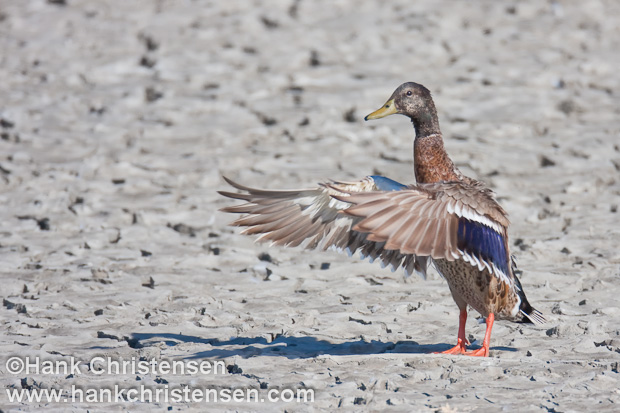 |
5. Edit ruthlessly
This tip doesn’t technically concern the “taking” of photos, but rather what to do with them afterward. Everyone takes crap photos. The pros just take fewer of them, and know enough to get rid of them when they do. Next time you’re reviewing photos from your last vacation or outing, don’t be afraid to delete the misses. In my early years of photography, I was as guilty of this as anybody. I kept EVERYTHING. And yes, with today’s storage, you can technically keep everything that ever comes out of your camera forever. But really ask yourself, do you ever want to actually go back and look at all the bad shots you took?
A friend of mine (I won’t name any names) once took a two week trip to Europe. When he came back, he asked if I wanted to see his vacation photos. “Sure,” I said, “how many do you have?”
“Oh, about 5,000.”
“What?!” We waded through shot after shot of the same subjects, taken as he tried to get the photo he wanted. Needless to say, we never got through them all. And the unfortunate part was that I missed all the gems that I’m sure were in there. So, throw away the crap, or at the very least, pick your winners and copy them to a separate location. When asking your audience to view your photos, having an edited collection will change their response from “Oh, do we have to?” to “Yes, please!” And I’ll bet you never look at your garbage folder again.
As the saying goes, all rules are meant to be broken. Such is true with each tip above. For each tip, there are situations in which they may not be the best choice for one reason or another. But by in large, keeping these in mind when I pick up my camera helps me focus beyond all the bells and whistles of the camera. It pays to occasionally get back to basics and remember the simple things we can do next time we’re out trying to capture that perfect shot.

